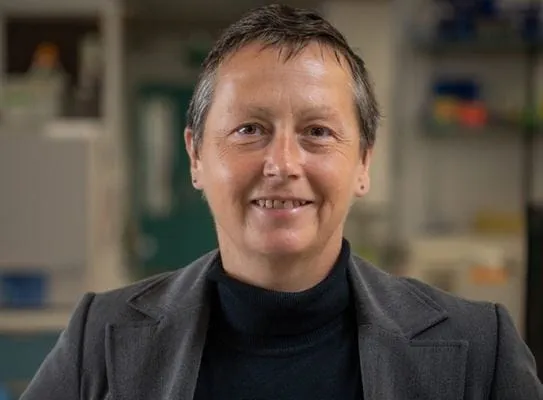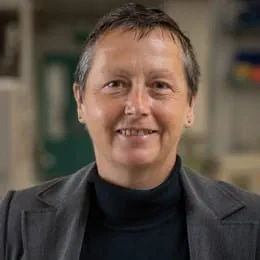Glioblastoma (GBM) is an aggressive form of brain cancer with a low survival rate even after treatment. People with GBM and other brain tumours often experience muscle weakness, trouble balancing and difficulty moving.
Dr Melanie Keats at Dalhousie University believes that, for people with GBM, maintaining a high quality of life is as important as finding new treatments.

“When you’re faced with a diagnosis with no cure, it’s about enabling individuals to enjoy life more fully,” Dr Keats explains.
With funding from the Canadian Cancer Society (CCS) and J.D. Irving, Dr Keats is studying how exercise can reduce side effects during and after treatment for GBM.
“We’re trying to instill hope of maintaining the highest quality of life for as long as possible,” she says.
To do so, Dr Keats and her team created an exercise program called RESIST. They compare people with GBM who are doing regular resistance exercises with those who are receiving standard care. Participants are supported by experts who adapt the exercises to meet each person’s needs.
Dr Mary MacNeil, an oncologist who works with many RESIST participants, says that people who finish the program have seen physical and mental benefits.
“[People] had more energy,” she says. “Their balance was better, and it helped them think of something other than the tumour and treatment for a while.”
Patients working with Dr Keats and her team have also emphasized the mood boost they get from exercise.
“Successes led to my morale becoming the bedrock on which I rely as I face my future,” says one RESIST participant. “For me, their work showed me what to do, how to do it and the value of unrelenting drive to survive and thrive.”
Dr Keats says that CCS funding has been crucial to the RESIST program and would like to thank donors for their contributions.

Without the donors and their support, none of this would ever happen.
Help create a future without cancer
With support from readers like you, we can continue to make a meaningful impact for people affected by cancer.
We are determined to increase survival, stop cancer before it starts, and improve lives. But we can’t do it without you.
If everyone reading this gave just $5, we could achieve our goal this month to fund the most promising research, compassionate support and transformative advocacy. Please give today because every contribution counts. Thank you.
